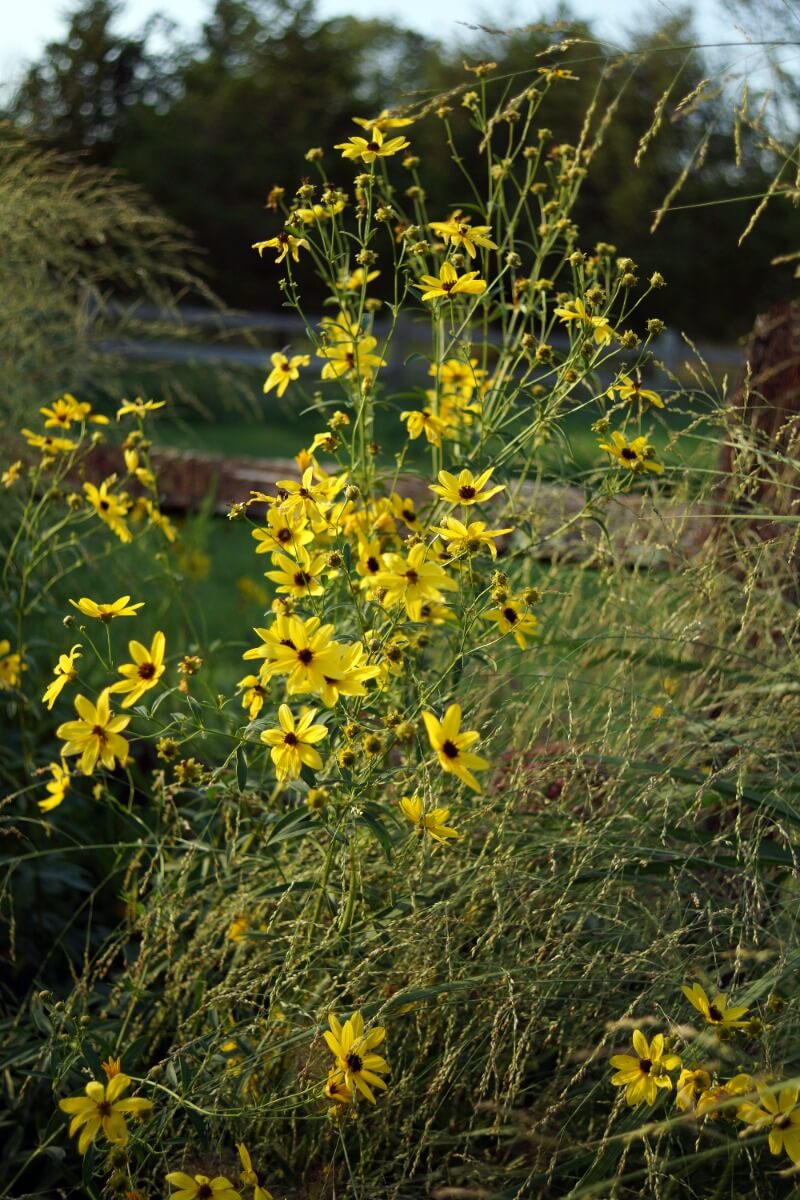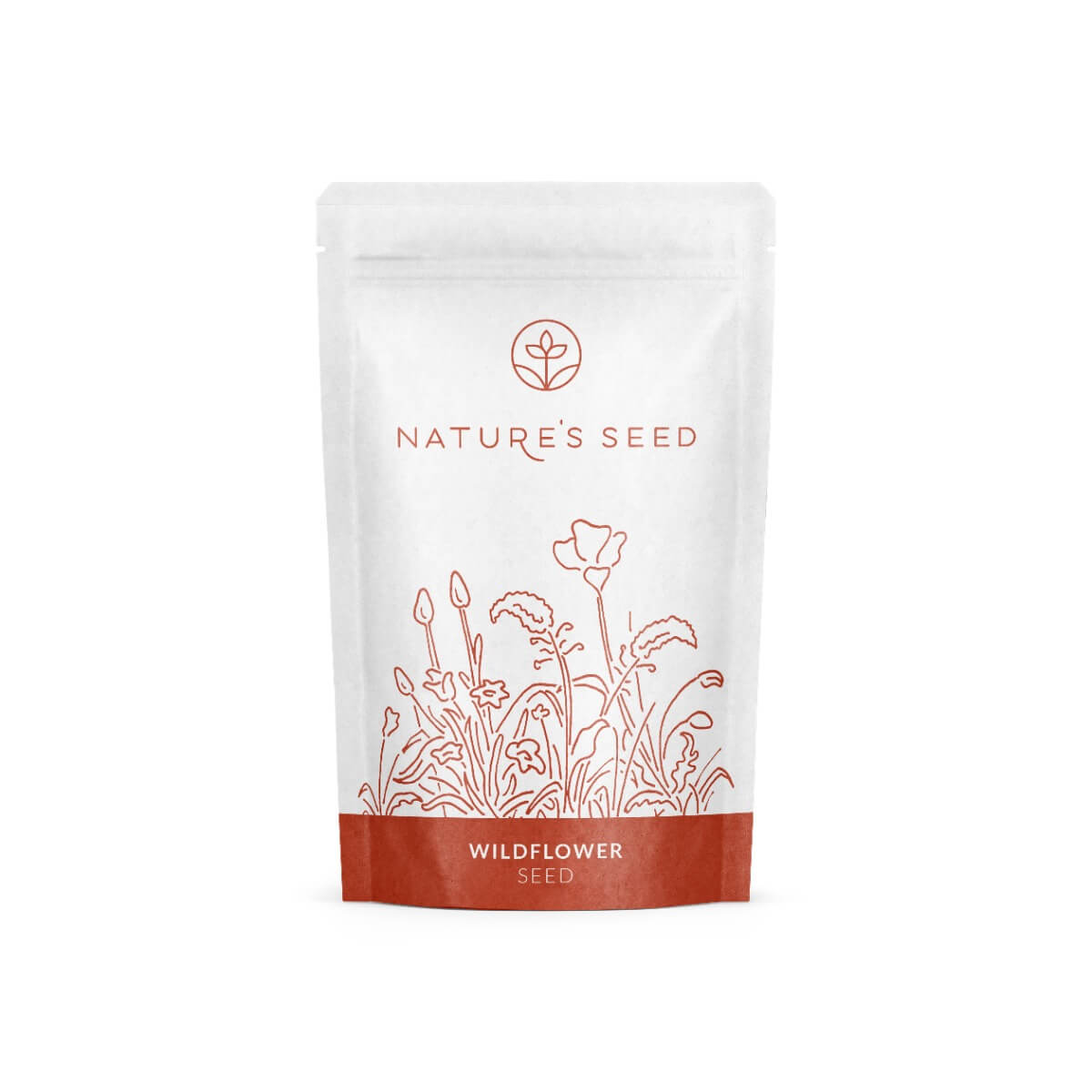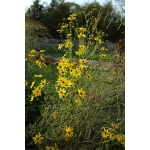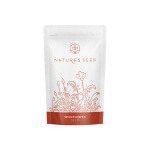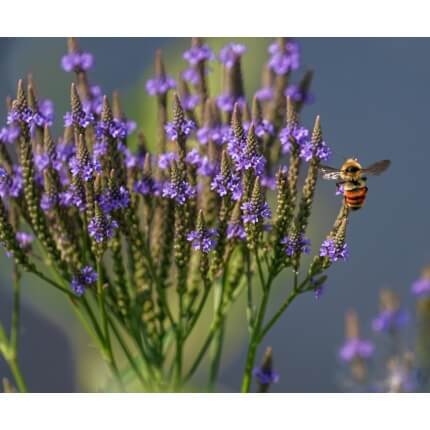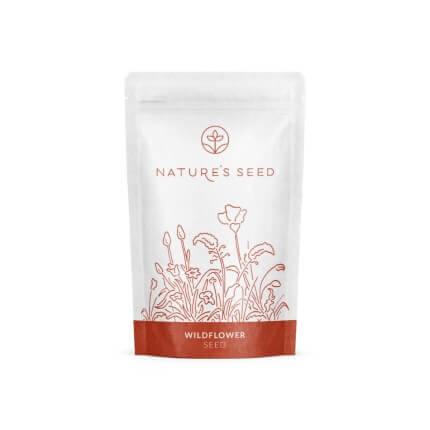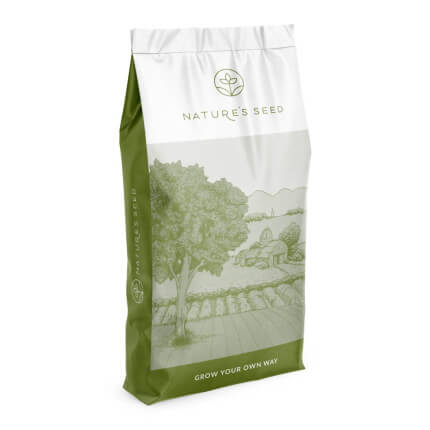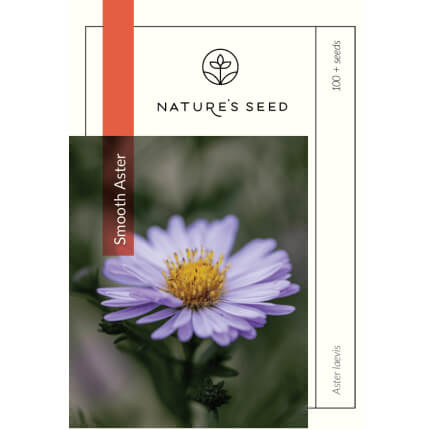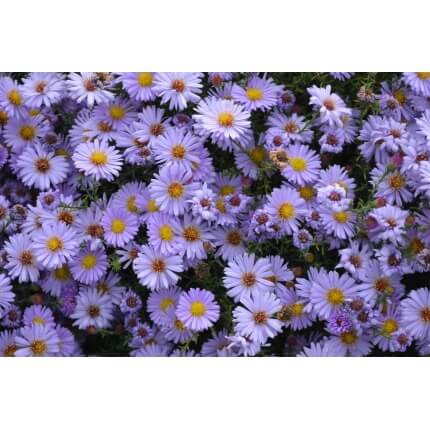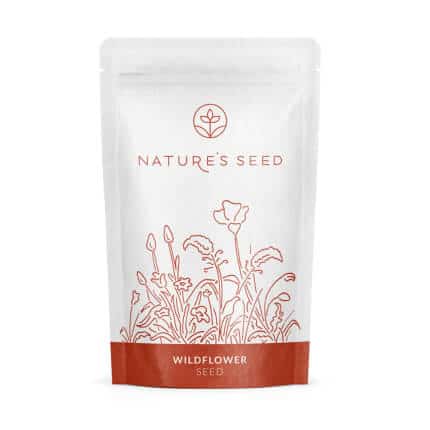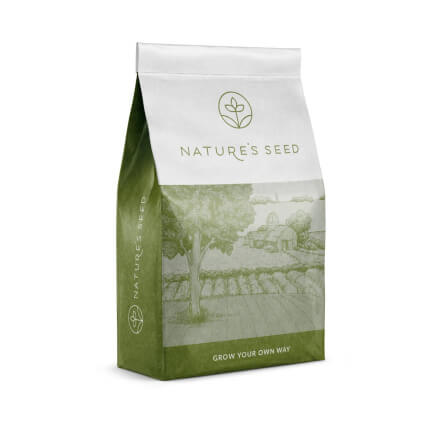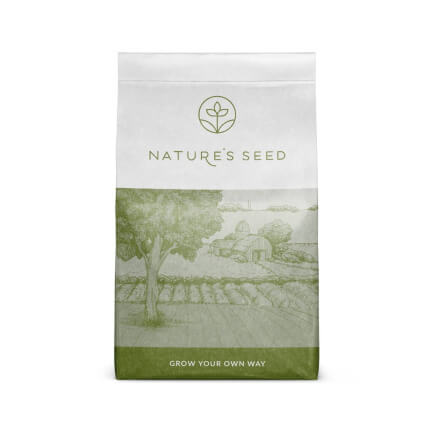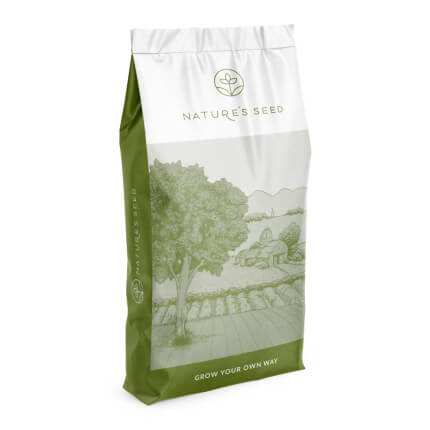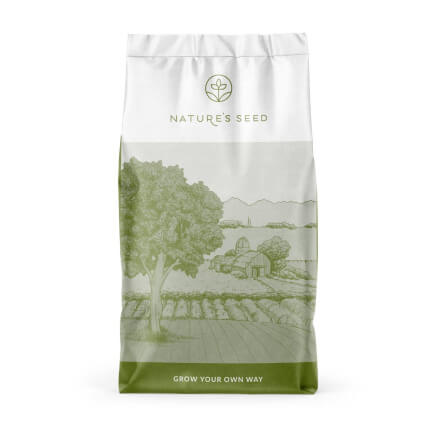This native perennial plant is 4-8′ tall and usually unbranched, except for the slender flowering stems in the upper half. The blooming period lasts about 1-2 months. The root system is fibrous and rhizomatous, often forming loose colonies of plants.
CULTIVATION: The preference is full or partial sun and moist to mesic conditions. This plant isn’t particular about soil type, and can be found growing in soil containing substantial amounts of loam, clay-loam, gravel, or sand. Tall Coreopsis tolerates competition from other plants and is easy to grow. In moist disturbed locations it can become aggressive. Mature plants tolerate some drought and foliar disease is rarely a significant problem.
RANGE & HABITAT: Habitats include moist to mesic black soil prairies, sand prairies, savannas and sandy savannas, thickets, seeps, bluffs, limestone glades, abandoned fields, and along railroads and roadsides. It responds well to fire in areas where shrubby vegetation and trees are encroaching.
COMMENTS: This is the tallest Coreopsis, which blooms later than other members of the genus. It also has smaller flowers with dark brown centers, rather than the yellow centers of other species. Tall Coreopsis is more impressive when it occurs in colonies rather than as a stand-alone specimen.
